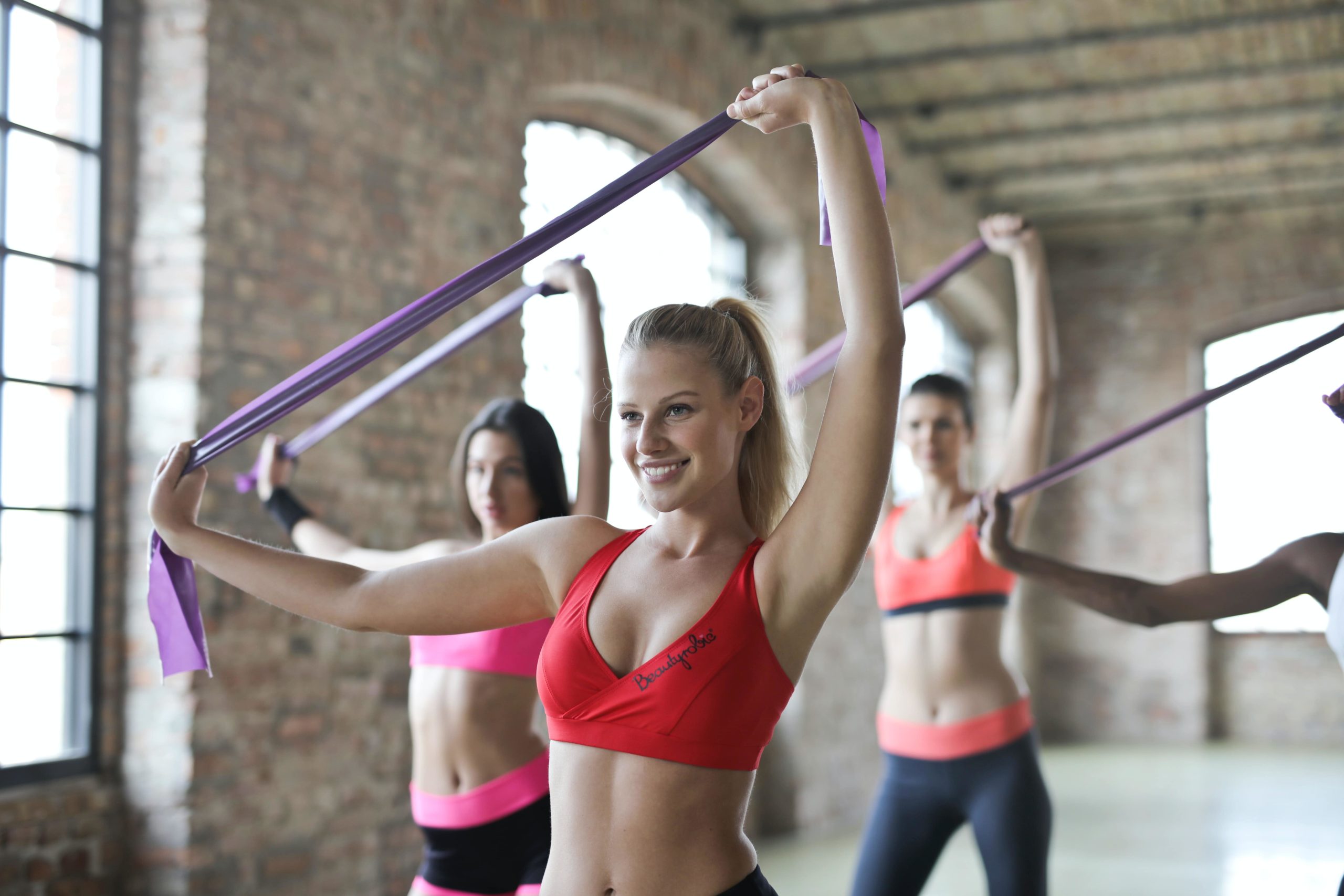Rehabilitation of the Rotator Cuff

The rotator cuff is made up of the muscles surrounding the shoulder joint, its function is to move the upper arm and stabilize the joint.
What can cause an injury to the rotator cuff?
Injury to these muscles can be caused by a sudden, poorly executed and coordinated movement, or by external force, a fall or even a jerk of the arm.
Overuse of the shoulder, overhead exercises, or using too heavy weights can also cause chronic rotator cuff damage and pain. Rotator cuff injuries are particularly common in throwing athletes, but often occur in the gym as a result of inadequate control or heavy weight exercises.
Book an appointment for a consultation
The most common symptoms of rotator cuff injuries are:
- Pain, often at night
- Shoulder muscles can become tight, movement can become restricted, typically worse in the morning
- Overhead movements are painful and difficult
- Untreated injury may result in muscle weakness: active range of motion may be restricted, crunching, cracking sounds may occur when moving the arm.
Types of rotator cuff injuries:
Rotator cuff injuries can be complete or partial.
A complete tear is a tear that runs through the full thickness of the muscle.
A partial tear can be divided into stage one, stage two or stage three, depending on the thickness of the affected area. The first stage is up to 3 mm, the second stage is up to 6 mm, and the third stage is greater than 6 mm.
Therapy for rotator cuff injuries:
In the case of a partial tear, rotator cuff injuries do not require surgery or surgical intervention and can be treated with regenerative medicine: rest, physiotherapy, kineziotape, collagen injection or prp. Thus, TENS and magnetic and therapeutic ultrasound are the first steps of therapy, followed by local injections.

Non-surgical treatment can be divided into three phases:
- The pain relief and immobilization phase, with immobilization of the shoulder and arm. This phase should be as short as possible, the longer it is, the greater the likelihood of developing frozen shoulder (adhesive capsulitis).
- The recovery phase, followed by a phase of active rehabilitation, where the function and range of motion of the muscles are restored through passive and active movements.
- The aim of this phase is to return to normal activity. In all three phases, the aforementioned complementary treatments play a supporting role.
Surgical treatment of rotator cuff tears:
Complete tears and high-grade partial tears are typically considered in stage 3. In some cases, where the damage does not heal for 6-12 months with conservative treatment, surgical repair may be necessary for degenerative and partial tears.

